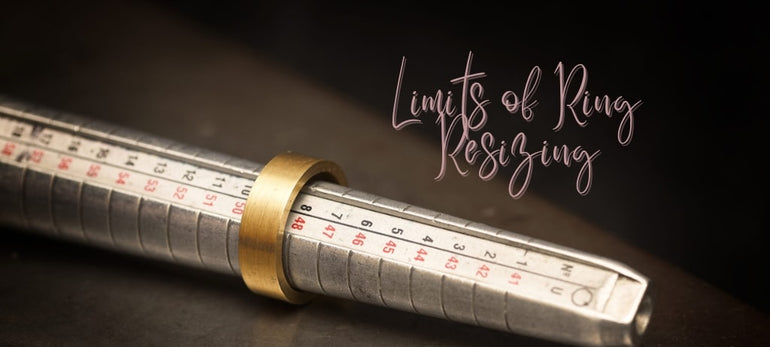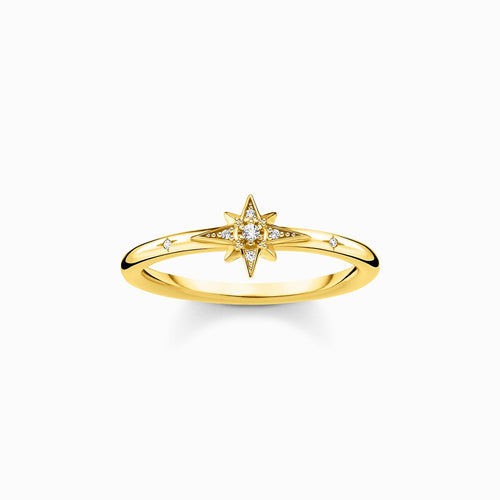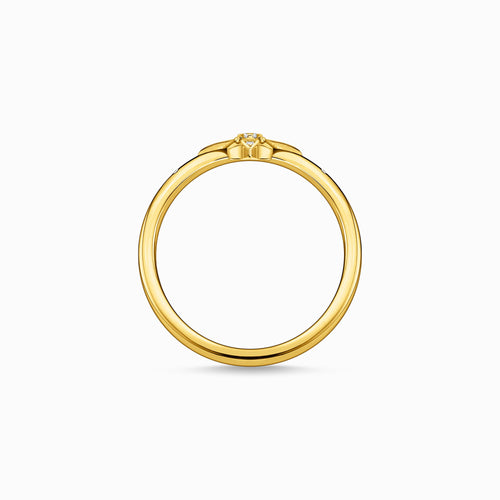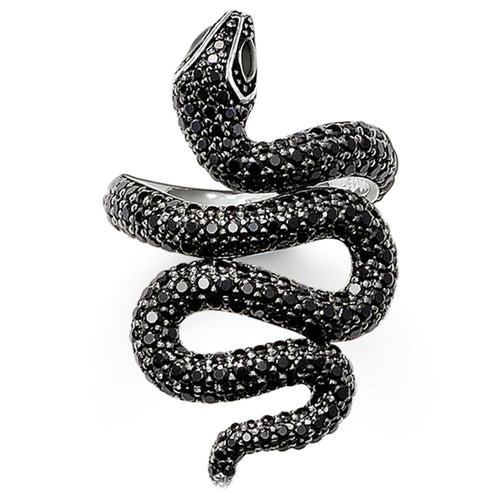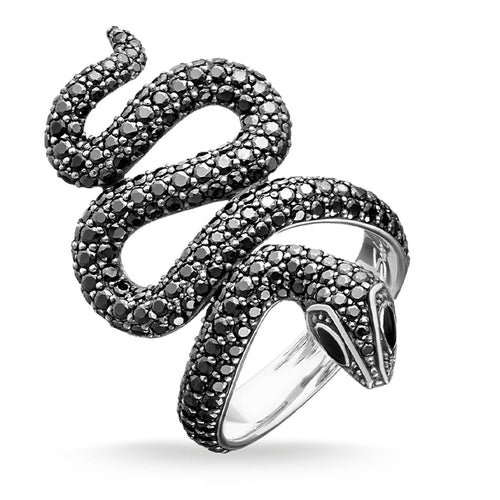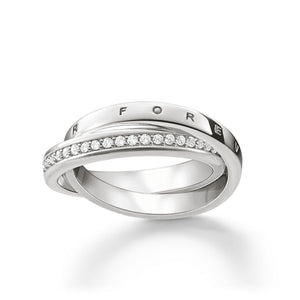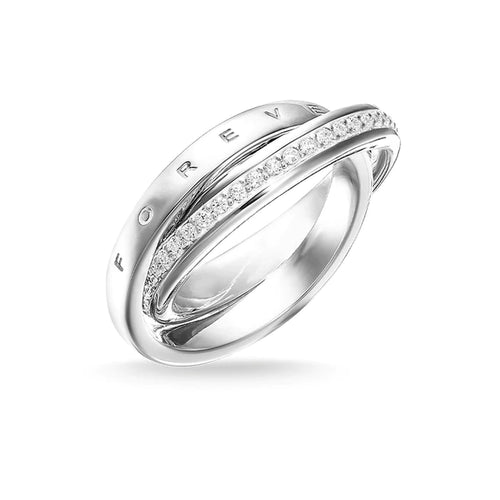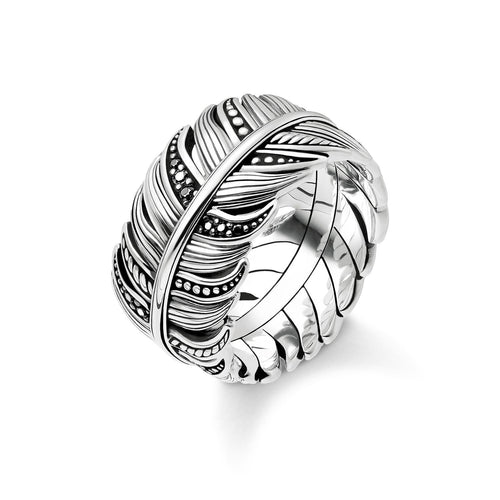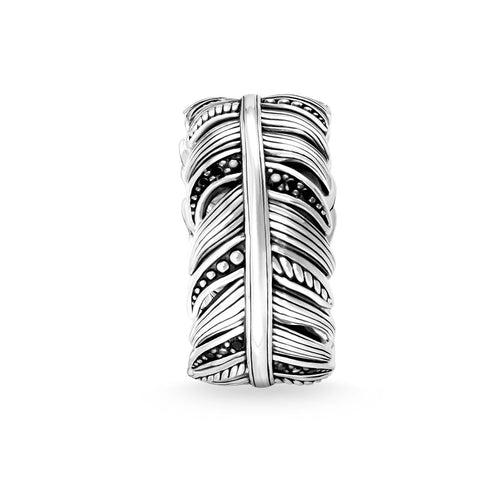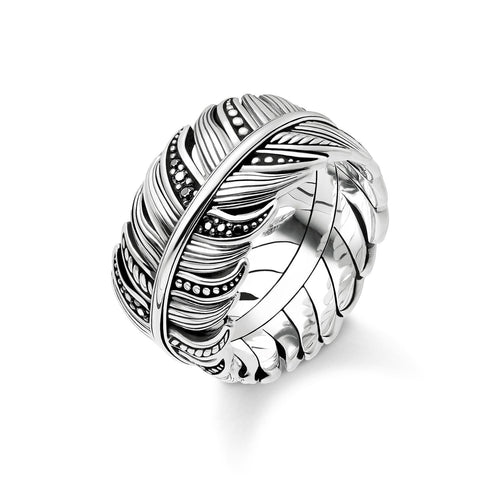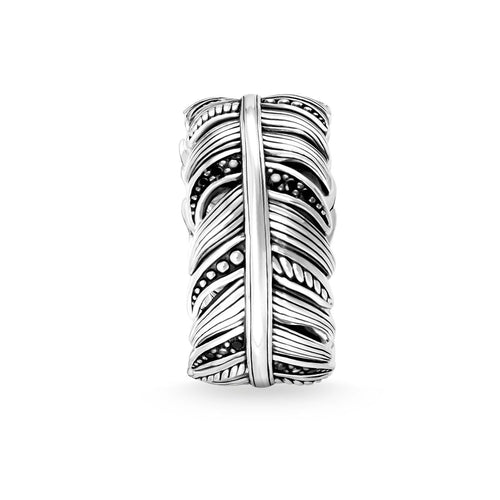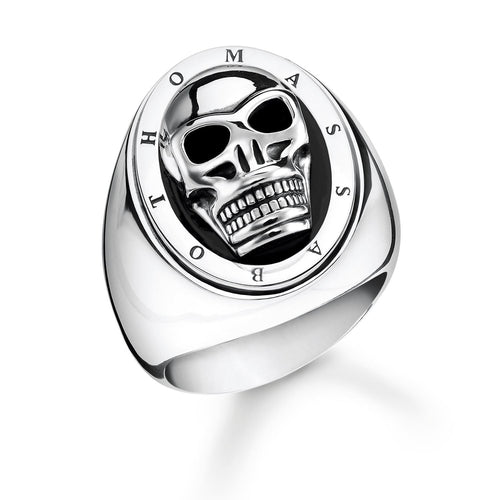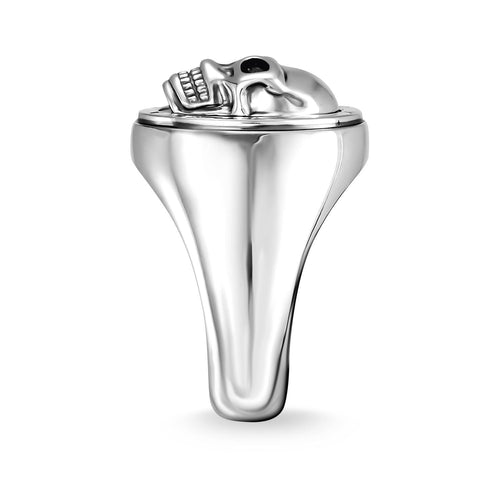Ring resizing is an essential service that ensures your rings, whether wedding bands or engagement rings, fit perfectly. This guide explores the limits of ring resizing, providing a comprehensive understanding of what is feasible. The process of ring resized sizes often involves adjusting the ring's size to fit changing finger sizes due to factors like weight gain or weight loss.
Different materials, such as yellow gold, rose gold, white gold, and platinum, have specific resizing capabilities. Each type of precious metal also poses unique challenges and considerations for bench jewelers. Understanding these nuances helps in making informed decisions about resizing your ring, ensuring its structural integrity and longevity.
Key Takeaways:
-
Ring resizing can adjust the size of various rings, including wedding bands and engagement rings.
-
The type of metal and ring design significantly impact the resizing process.
-
Professional advice from reputable jewelers is crucial for maintaining the ring's integrity.
By understanding these factors, you can better navigate the complexities of ring resizing and ensure new ring with a perfect fit in most rings.
What is Ring Resizing?
Ever wondered what happens when your favorite ring doesn't quite fit anymore? That’s where ring resizing comes into play. Ring resizing is the process of altering a ring's size to ensure it fits perfectly on your finger. This can involve making the ring smaller or larger, depending on your needs.
Here are some common reasons why you might need to resize a ring:
-
Weight gain or weight loss can change your finger size, making your ring too tight or too loose.
-
Adjustments for engagement rings or wedding bands to fit perfectly, especially if you inherited or received a ring with a different size.
-
Over time, your finger size can change naturally, necessitating a new ring size.
Different materials respond differently to the ring resizing process. Gold (whether it’s yellow gold, rose gold, or white gold) and sterling silver are generally easier to resize. However, stainless steel rings and those thicker rings made of platinum can be more challenging due to their hardness.
Ring resizing isn’t just about making larger stone of a ring fit; it’s about preserving its beauty and value. Whether you have a simple plain band or an elaborate piece with multiple stones, understanding the limits of perfect ring size and resizing is crucial to keeping your ring looking its best.
Next time you notice your ring doesn’t fit quite right, you’ll know that resizing the metal is an option, but it's important to consider the type of ring sized out of metal and the ring’s design before proceeding.
The Ring Resizing Process
Curious about how the ring resizing process works? Let’s break it down. Resizing a ring involves either adding or or removing metal or material to achieve the correct size. The whole sizing process can vary depending on the type of metal, the design, and whether the ring has stones.
Step-by-Step Explanation:
-
Assessment: The jeweler first examines the ring to determine its current ring size and the desired size.
-
Cutting or Stretching: For making a ring smaller, a small piece of the band is cut out, and the ends are joined back together. To make a ring larger, the band is either stretched (only feasible for minor adjustments) or additional metal is added.
-
Soldering: The ring is soldered together using a torch, ensuring a seamless joint.
-
Shaping: The ring is then reshaped to maintain its circular shape.
-
Polishing and Finishing: Finally, the ring is polished to restore its original luster.
Tools and Techniques:
-
Bench Jeweler Tools: Essential for precision and detail.
-
Soldering Torch: Used to join the metal.
-
Mandrel and Mallet: For reshaping and ensuring the ring maintains a perfect circle.
Factors Influencing Resizing:
-
Type of Metal: Metals like yellow gold and sterling silver are easier to resize, while platinum and stainless steel rings require more skill and care.
-
Design of the Ring: Simple plain bands are straightforward, but intricate designs or rings with set stones and center stones need extra attention.
-
Presence of Stones: Rings with multiple stones or those with an engagement ring setting must be handled carefully to avoid loosening the stones.
Limits of Ring Resizing
Understanding the limits of ring resizing is crucial for anyone considering adjustments to their treasured rings. While ring resizing offers flexibility, there are constraints you should be aware of to ensure your ring maintains its integrity and beauty.
Maximum and Minimum Sizes for Resizing
-
Ring resizing typically allows for a change of up to two sizes larger or smaller. Beyond this, the ring’s structural integrity can be compromised.
-
For example, resizing a wedding band or engagement ring more than two sizes can lead to potential issues, such as the ring becoming too thin and losing its circular shape.
Material Constraints
-
Different materials have varying limits when it comes to resizing:
-
Yellow Gold, Rose Gold, and White Gold: These are relatively easy to resize, but they can only be stretched or compressed so much before the metal weakens.
-
Sterling Silver: Easier to work with but can crack easily if resized excessively.
-
Platinum and Stainless Steel Rings: These metals are much harder to resize due to their durability and require specialized techniques.
-
Design Constraints
-
Eternity Bands: These rings, adorned with stones all around, are particularly challenging to resize due to their continuous design.
-
Ornate Designs: Rings with intricate designs, set stones, or multiple stones present unique challenges. The resizing process might disrupt the design or loosen the stones.
-
Plain Bands: Easier to resize due to their simple structure.
Structural Integrity and Durability Post-Resizing
-
After resizing, ensuring the ring’s integrity is vital. Rings resized beyond their limits may crack easily or lose their shape.
-
Bench jewelers often reinforce resized rings to maintain durability, but it’s always better to stay within recommended resizing limits.
Specific Cases and Considerations
Wedding Bands
Wedding bands often hold deep sentimental value, and resizing them requires special attention. When dealing with wedding bands, consider whether the band is a three ring sized plain band or has intricate designs. Uniform bands class rings are generally easier to resize due to their simple, consistent design. However, bands with detailed patterns or set stones can pose challenges. Resizing such rings might affect the design’s symmetry or loosen the stones.
Engagement Rings
Resizing engagement rings can be a bit more complex. These rings often feature a prominent center stone and multiple stones along the band. During the resizing process, it’s crucial to ensure that the stones remain securely set. A bench jeweler must carefully adjust the amount get a ring ring be resized by, to avoid disrupting the setting. Whether you're making the ring larger or smaller, the jeweler needs to maintain the ring’s circular shape and ring's integrity. Remember, engagement rings that are resized excessively might have a higher risk of cracking easily.
Rings with Stones
When resizing rings with set stones, the jeweler must consider the placement and security of each stone. Rings with stones set around the band, like eternity bands, are particularly tricky. The jeweler must ensure that resizing doesn’t disturb the stones or weaken the setting. For rings with a center stone, the resizing process should preserve the stone's stability and prevent any potential loosening.
Ring TypeResizing ConsiderationsWedding BandsUniform vs. detailed designsEngagement RingsStone settings and securityRings with StonesPlacement and stability of stones
Precious Metals and Their Limits
Different precious metals have unique resizing challenges. Gold (whether yellow gold, rose gold, or white gold) is relatively easy to resize, but care must be taken to maintain its strength. Sterling silver is also manageable but can crack easily if overstretched. Platinum and stainless steel rings are much more material and harder to resize due to their density and strength, requiring specialized tools and expertise.
Understanding these specific cases and considerations ensures that your ring resizing experience many jewelers is smooth and that your treasured pieces retain their beauty and structural integrity. Always consult with reputable jewelers to ensure your rings are in good hands.
Cost and Timeframe
When it comes to ring resizing, understanding the cost and timeframe can be important factor help set your expectations. Several factors influence the cost, many factors such as the metal type, design complexity, and the expertise of the bench jeweler.
Cost Factors
-
Metal Type: Resizing gold rings, whether yellow gold, rose gold, or white gold, is generally less expensive than resizing platinum or stainless steel rings. The latter requires more specialized tools and skills.
-
Design Complexity: A plain band is easier and cheaper to resize compared to rings with intricate designs, set stones, or multiple stones. For example, resizing an engagement ring with a center stone requires extra care to avoid loosening the stone.
-
Jeweler Expertise: Experienced and reputable jewelers might charge more, but their expertise ensures the ring’s integrity during and after the resizing process.
Typical Timeframe
-
Simple Resizing: For a straightforward adjustment, such as making a ring smaller or enlarging it by a half size, the process can take as little as a few days.
-
Complex Adjustments: Rings with visible details, thicker shanks, or those requiring additional metal work might take longer, sometimes up to two weeks, especially if they have to be sent to a specialized jeweler.
Understanding these factors helps in planning your ring resizing and ensuring you get the most jewelers correct size without compromising the ring’s durability and beauty.
Choosing a Reputable Jeweler
Selecting a reputable jeweler is crucial for ensuring your ring resizing is done with precision and care. The right jeweler will not only resize your ring to the correct size but also maintain the ring’s integrity throughout the resizing process.
Importance of Selecting a Skilled Jeweler
-
A skilled jeweler has the expertise to work with various metal types like yellow gold, rose gold, white gold, sterling silver, and platinum.
-
They can handle intricate designs, set stones, and even stainless steel rings that require special techniques.
-
Ensuring your engagement ring or wedding band is resized correctly will preserve its beauty and longevity.
How to Find Reputable Jewelers
-
Recommendations: Ask friends or family for referrals to jewelers they trust.
-
Reviews: Look up online reviews to see customer feedback on their resizing experiences.
-
Certifications: Check if the jeweler has professional certifications or affiliations with recognized jewelry organizations.
Questions to Ask Your Jeweler
-
What is the limit of ring resizing for my specific ring?
-
How will you ensure the ring’s integrity during the resizing process?
-
Do you have experience with resizing rings made from precious metals or with intricate designs?
-
How long will the resizing take, and what will it cost?
Choosing a knowledgeable and reputable jeweler ensures your ring will be resized safely and beautifully, preserving its sentimental and monetary value.
Maintaining and Adjusting Resized Rings
Once you've had your engagement ring resized up to the correct size, maintaining it is crucial to ensure its longevity and beauty. Here are some essential tips and considerations for keeping your resized engagement ring in top condition.
Post-Resizing Care Tips
-
Regular Cleaning: Clean your ring regularly to keep it sparkling. For gold, sterling silver, and platinum rings, use a gentle jewelry cleaner and a soft brush.
-
Avoid Harsh Chemicals: Keep your ring away from harsh chemicals, which can damage the metal and any set stones.
-
Safe Storage: Store your ring in a soft pouch or a separate compartment in your jewelry box to prevent scratches and damage.
Periodic Adjustments and Inspections
-
Regular Inspections: Have your ring inspected by a reputable jeweler every six months. This ensures that the stones set remain secure and that the ring’s integrity is maintained.
-
Adjustment Check: If you notice your ring feeling loose or tight due to weight gain or weight loss, consult your jeweler for a possible adjustment.
Ensuring Long-Term Durability and Fit
-
Professional Adjustments: Always seek professional help for any adjustments to avoid compromising the ring’s structure. Not all rings can handle frequent resizing, so it's important to be cautious.
-
Maintenance of Design: For rings with intricate designs or multiple stones, ensure that the resizing hasn’t weakened the settings or design elements.
By following these tips, you can keep your resized ring looking beautiful and ensure it remains a perfect fit for years to come. Always rely on reputable jewelers for any maintenance or adjustments to safeguard your precious jewelry.
Conclusion
Understanding what is the limit of your ring size and resizing is essential for anyone looking to adjust their precious rings. Whether it's a cherished wedding band or an exquisite engagement ring, knowing the intricacies of the whole ring sizing and resizing process ensures your jewelry remains beautiful and durable.
Ring resizing isn't just about achieving the correct size. It's about maintaining the ring’s integrity and design, whether it is larger ring that's made of yellow gold, rose gold, white gold, sterling silver, or even platinum. Not all rings can be resized, and understanding these limits helps preserve their value and sentiment.
From adjusting for weight gain or weight loss to ensuring the safety of set stones, each step in the resizing process is crucial. Consulting with reputable jewelers ensures your ring is in safe hands, especially when dealing thicker rings with intricate designs or multiple stones.
By considering these factors, you can confidently navigate the world of ring resizing and enjoy your jewelry for more material and years to come. Remember, a perfectly resized ring not only fits better but also enhances the joy and sentiment it carries.
FAQ Questions
Curious about ring resizing? Here are some commonly asked questions to help you understand the whole ring sizing process and what to expect.
1. What is the limit of ring resizing?
Generally, you can resize a ring up to two sizes larger or smaller. Beyond this, the ring's integrity may be compromised, especially for rings made from delicate metals or with intricate designs.
2. Can all rings be resized?
Not all rings can be resized. Stainless steel rings, eternity bands, and those with intricate settings might be more challenging or impossible to resize.
3. How much does it cost to resize a ring?
The cost of resizing a ring varies. Simple resizing for metals like yellow gold or sterling silver can cost between $30 and $100. More complex resizing, such as for platinum or rings with multiple stones, may be higher.
4. How long does the ring resizing process take?
For a simple resizing, it usually takes a few days. More complex adjustments, such as resizing an engagement ring with a center stone or intricate designs, can take up to two weeks.
5. Can resized rings be adjusted again in the future?
Yes, but frequent resizing can weaken the ring. It's best to consult a reputable jeweler to understand the limits and ensure the ring's integrity.
6. How do I choose a good jeweler for resizing?
Look for reputable jewelers with good reviews, professional certifications, and experience with the specific type of ring and metal type you need resized.
7. What should I ask my jeweler before resizing my ring?
Ask about their experience, the resizing process, potential impact on the ring, and the time and cost involved.
Understanding these FAQs helps you make informed decisions about ring resizing and ensures your treasured jewelry remains in top condition.
Gift Ideas For You


